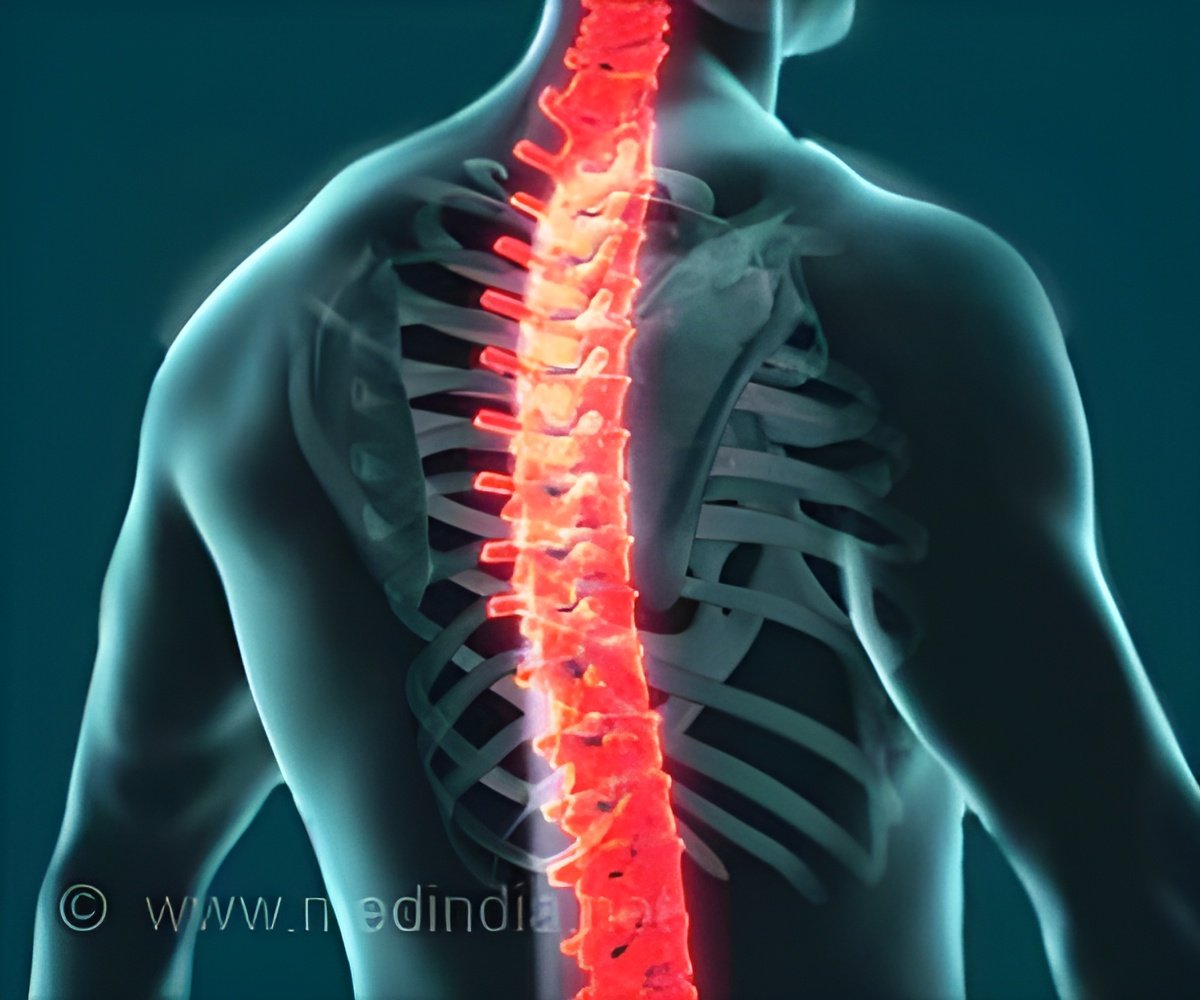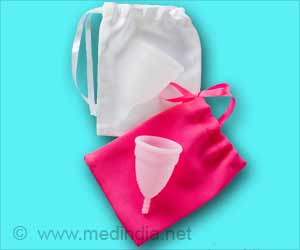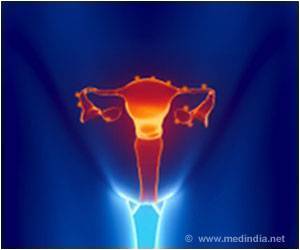Endocrine Society's Clinical Practice Guideline finds benefits of anti-osteoporosis therapy outweigh the rare and manageable side effects.

‘Post menopausal women and health care providers should be educated well about the benefits of treating osteoporosis and assured that benefits outweigh the side effects of treatment.’
Read More..




The guideline provides evidence for the benefits of treating postmenopausal women with osteoporosis. The recommendations cover the newest, most effective medication options and answer patient questions regarding the duration of therapy and monitoring. Read More..
One in two postmenopausal women will break a bone due to osteoporosis in their lifetime, making them at high risk for subsequent fractures, yet many of these women do not receive treatment. With ongoing reports of atypical femoral fractures and osteonecrosis of the jaw, patients and providers are uncertain about the benefits and risks of treating osteoporosis. In fact, there has been a decline in the use of bisphosphonates and an increase in hip fractures among postmenopausal women.
"There is a considerable gap in the treatment of osteoporosis. Most women will not take anti-osteoporosis therapies despite their efficacy, and those that do often stop. As a result, the rate of hip fractures has leveled off and may be increasing. In addition, bone density screening has declined precipitously," said Clifford J. Rosen, M.D., director, Center for Clinical and Translational Research at the Maine Medical Center Research Institute in Scarborough. Rosen chaired the writing committee that developed the guideline.
"We hope our guideline will not only improve patient care but provide confidence in treatment," he said.
Recommendations from the guidelines which were derived from two evidence-based reviews include:
Advertisement
Source-Eurekalert







